Transforming Australian agriculture
Author: Charlie Thomas (NFF) | Date: 16 Feb 2016
Introduction
Australian agriculture faces enormous opportunities as the Asian region rapidly grows in population and economic prosperity. The global population is expected to reach 9 billion by 2050 and food demand is expected to increase by 77 per cent over the same period – with much of this demand stemming from Asia (Linehan et al. 2013). A wealthier, hungrier region presents significant opportunities for Australia as a provider of high value produce as more informed consumers demand specific provenance, sustainability or health attributes from their food.
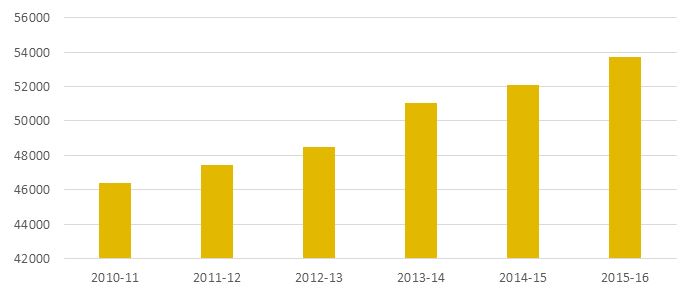
Figure 1: Gross value of farm production (A$m) (Source: ABARES 2015).
In order to maximise gains from growing demand, Australian agriculture must overcome a number of challenges. Total factor productivity growth has fallen and flattened from the strong growth phases of the 1970s and 1990s – and is failing to keep pace with major competitors such as the United States and Canada. In an intensely competitive global market for soft commodities, historically strong productivity growth has enabled Australian farmers to offset declining terms of trade to maintain overall profitability.
New technologies underpinned by access to communications infrastructure have the capacity to revolutionise agriculture, and turn around flagging productivity growth.
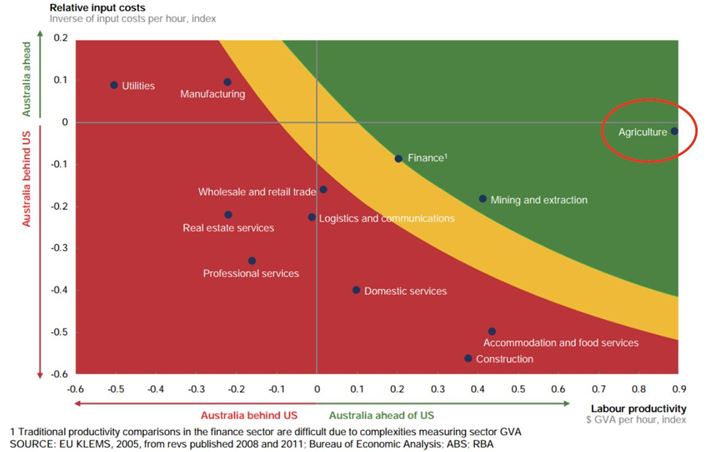
Figure 2: Australian productivity and cost compared to US including nominal exchange rate inflation, 2012 Index (1 = equal to US).
The agriculture industry has a proud history of technological innovation and adoption. Farming was one of the first widespread commercial uses of global positioning system (GPS) technology, and today auto steer machinery is common place in broadacre production systems; with adoption rates around 80 per cent (Grain Growers member survey, July 2015).
Australia’s agriculture sector is constantly looking for new opportunities to improve productivity through innovation. Tools such as unmanned aerial vehicles (UAVs) are being adopted in increasing numbers to monitor farm operations and detect issues with crop or livestock health without time consuming or invasive manual inspections; and private automatic weather stations are commonly used to measure and record seasonal conditions remotely to save time and improve accuracy.
Agriculture is likely to be impacted in a direct and positive way by the many technological trends currently playing out across the broader economy (Figure 3).
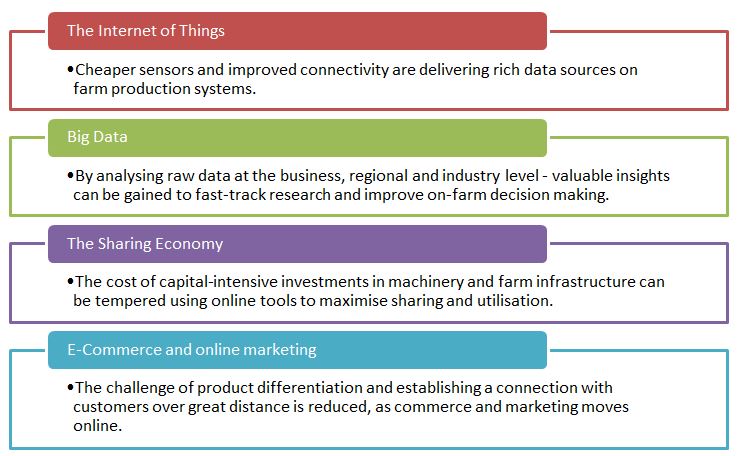
Figure 3: Technological trends and their relevance to agriculture.
The benefits of continued technological advancement on-farm will be significantly impacted by access to fast and reliable internet. Farmers increasingly find themselves in a data-rich environment without the means to easily collect, share and analyse the information being generated by devices. They are stranded without access to communications infrastructure.
The industry itself, through the NFF, is currently seeking to develop a platform designed in part to maximise the value of the industry’s data to farmers. This will be an industry-owned ‘Decision Support Technology Platform’ similar to those being used in other industries and indeed in agriculture overseas.
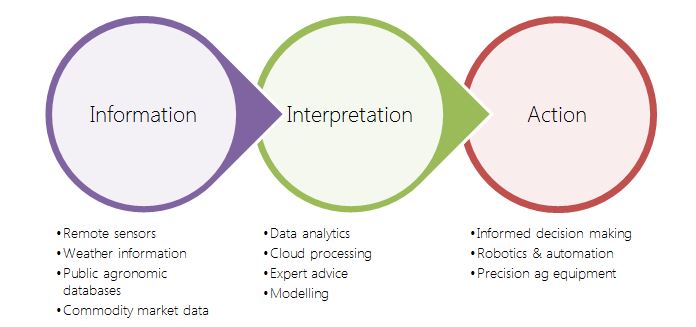
Figure 4: Decision support using information technology.
In the United States, proprietary platforms such as Monsanto’s Integrated Farming Systems are attempting to incorporate agronomic information with satellite information, precision agriculture equipment and data analysis techniques to provide operational advice and maximise yields (Monsanto's Integrated Farming Systems Platform). In Australia, commodity-specific versions of production platforms have existed for some time; notably the ProductionWise system by GrainGrowers.
The Australian Government is supporting the development of further innovations in this space, with a recent investment of $1.5 million in digital platforms for soil mapping to CSIRO supplementing their broader research partnerships on smart farming.
With the right tools and connectivity this data has the potential to add value in two ways: by selling data with farm products to establish a price premium; and by driving operational efficiency gains on-farm.
Modelling by Meat and Livestock Australia (MLA) on the potential benefit of these tools to the livestock industries predicts improvements in total factor productivity of: 13-26 per cent for soil fertility improvements; 9-11 per cent for feed allocation; 4-9 per cent for animal production monitoring and 4-13 percent for animal health monitoring (MLA 2012).
Analysis of intensive adoption of decision support tools in precision cropping systems in the United States has found overall profitability improvements to farm businesses in excess of 59 per cent (Figure 5), based on minor yield improvements and significant reductions in input costs (Accenture analysis, 2015).
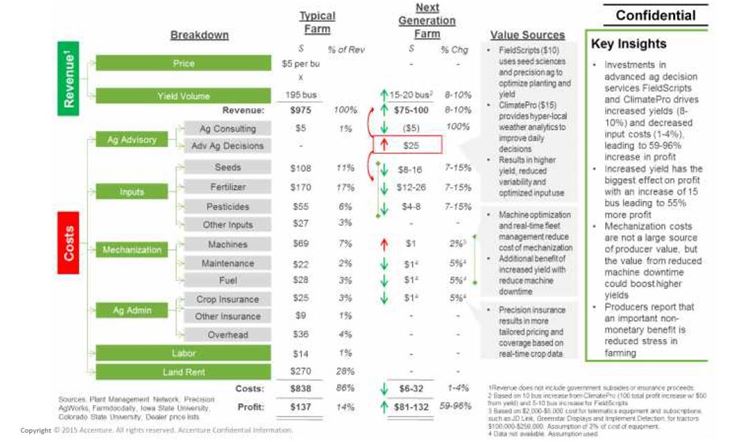
Figure 5: Impact of digital technology in broadacre cropping – Accenture, USA.
To tap into the growth opportunities before us and to properly enable the growth in the agricultural industry, those involved need to:
- Leverage opportunities for collaboration/co-creation
- Link insight collection and product development processes
- Know that the customer is always right, but sometimes needs to be led
- Focus on future as high end, value product
- Know that branding and traceability are hard, but necessary for success
- Understand that architecture for collaboration is needed – as a commodity and across industry.
Useful resources and references
Linehan et al., 2013. Global food production and prices to 2050: Scenario analysis under policy assumptions
GrainGrowers member survey, July 2015
Monsanto's Integrated Farming Systems Platform
Potential for information technologies to improve decision making for the southern livestock industries, MLA, 2012
Accenture analysis, 2015
Contact details
Charlie Thomas
CThomas@nff.org.au
Was this page helpful?
YOUR FEEDBACK
